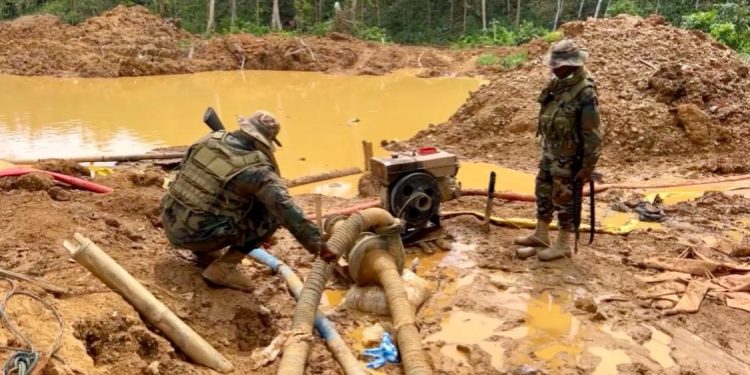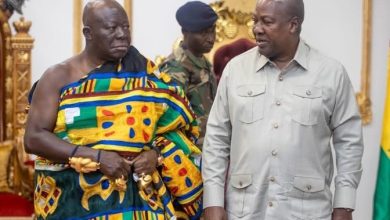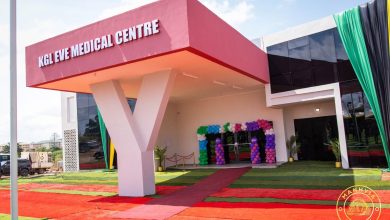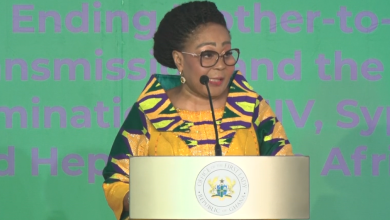Galamsey driving up utility costs — GWL, ECG justify 200% tariff proposal

The Ghana Water Limited (GWL) and the Electricity Company of Ghana (ECG) have attributed the over 200 percent proposed increase in utility tariffs under the 2025–2030 Multi-Year Tariff Order to the devastating impact of illegal mining, popularly known as galamsey, on their operations.
According to GWL, widespread pollution of water bodies by illegal mining has significantly increased the cost of water treatment, straining the company’s resources.
The ECG also reported that sections of its power distribution network passing through forest reserves have been damaged by illegal mining activities, resulting in frequent outages and rising operational costs.
Director of Communications for ECG, William Boateng, disclosed this during public hearings on the proposed tariff adjustments in the Ashanti Region.
“They are digging and moving towards the roads and trenches, which is very dangerous. Anytime we have the slightest rainfall, the poles come down because the base has been weakened. That affects the stability of power supply,” he explained.
He added that the destruction often leads to chain collapses along power lines, with several poles falling at once — an expensive situation to repair.
“It costs us more money to fix the fallen poles and restore the line. Beyond that, we are also losing unserved energy — power that we’ve already purchased but cannot deliver to customers,” Mr. Boateng noted.
Both utilities maintained that addressing the environmental damage caused by galamsey is crucial to sustaining affordable and reliable water and power supply for Ghanaians.










